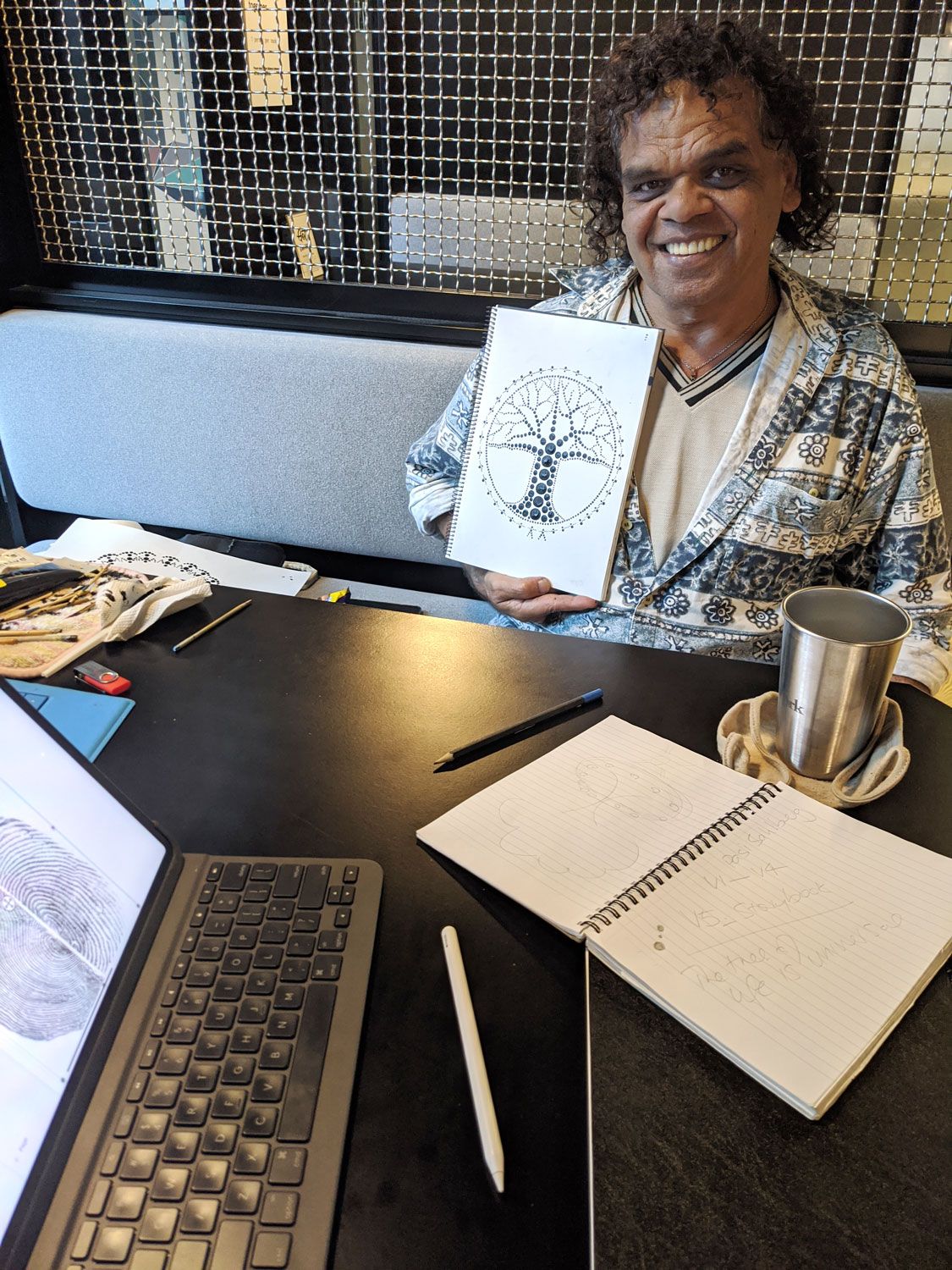imagineer.me designs and delivers online learning (modules) that provide a broad range of thinkers an opportunity to re-imagine new possibilities. We do this by teaching and instructing with visual/spatial language concepts that help learners see the big picture and also the details.
We do this by instructing people how to understand their latent visual capabilities but also how to use them. Vision is our dominant sense, it is the major mechanism in the brain for both imagination and comprehension. We are not taught how to harness the potential of this faculty. Being able to see what’s not visible is a definition of imagination, think mind’s eye or insight, foresight, oversight, hindsight. The educators at imagineer.me are instructed to teach “how to learn” not "what to learn", we train people "where to look & how to see". These are obviously visual skills.
Aboriginal Pedagogy
The 8 Ways framework is a NSW Department of Education initiative. The 8ways belong to a place, not a person or organisation. They came from country in Western New South Wales. Baakindji, Ngiyampaa, Yuwaalaraay, Gamilaraay, Wiradjuri, Wangkumarra and other nations own the knowledges this framework came down from.
This Aboriginal pedagogy framework is expressed as eight interconnected pedagogies involving narrative-driven learning, visualised learning processes, hands-on/reflective techniques, use of symbols/metaphors, land-based learning, indirect/synergistic logic, modelled/scaffolded genre mastery, and connectedness to community.
Write your awesome label here.

how can aboriginal people teach us creativity?
VISUAL/SPATIAL SKILLS STRENGTHEN OUR ABILITY TO THINK LATERALLY (non-linear)
Thoughts and ideas need to be externalised in order to create the neural pathways necessary for innovative, imaginative minds. When we talk and think in words we generate ideas that are sequential and linear.
When we draw our ideas and think in pictures, we generate ideas that are non-sequential, place-based and connected in multiple ways. This is critical for the imagination and a truly excellent way to learn how to think more creatively. It is a method for teaching and Aboriginal people excel with this pedagogical strategy.
Here you can see our resident Aboriginal educator Dorsey Smith working visually, spatially and symbolically. He uses traditional methods of painting when realising ideas but he also enjoys working with the iPad Pro and Pencil to ideate and create.
Here you can see our resident Aboriginal educator Dorsey Smith working visually, spatially and symbolically. He uses traditional methods of painting when realising ideas but he also enjoys working with the iPad Pro and Pencil to ideate and create.
By fusing Western learning methods
This is known as “The Cultural Interface”. Follow our journey as we bravely re-imagine creative thinking and teach with visual/spatial methods, metaphors, symbols and Aboriginal frameworks that help us all to see and think laterally.
with Aboriginal pedagogical frameworks that communicate information visually, symbolically, metaphorically & imaginatively we help develop creative thinking.
This is known as “The Cultural Interface”. Follow our journey as we bravely re-imagine creative thinking and teach with visual/spatial methods, metaphors, symbols and Aboriginal frameworks that help us all to see and think laterally.
